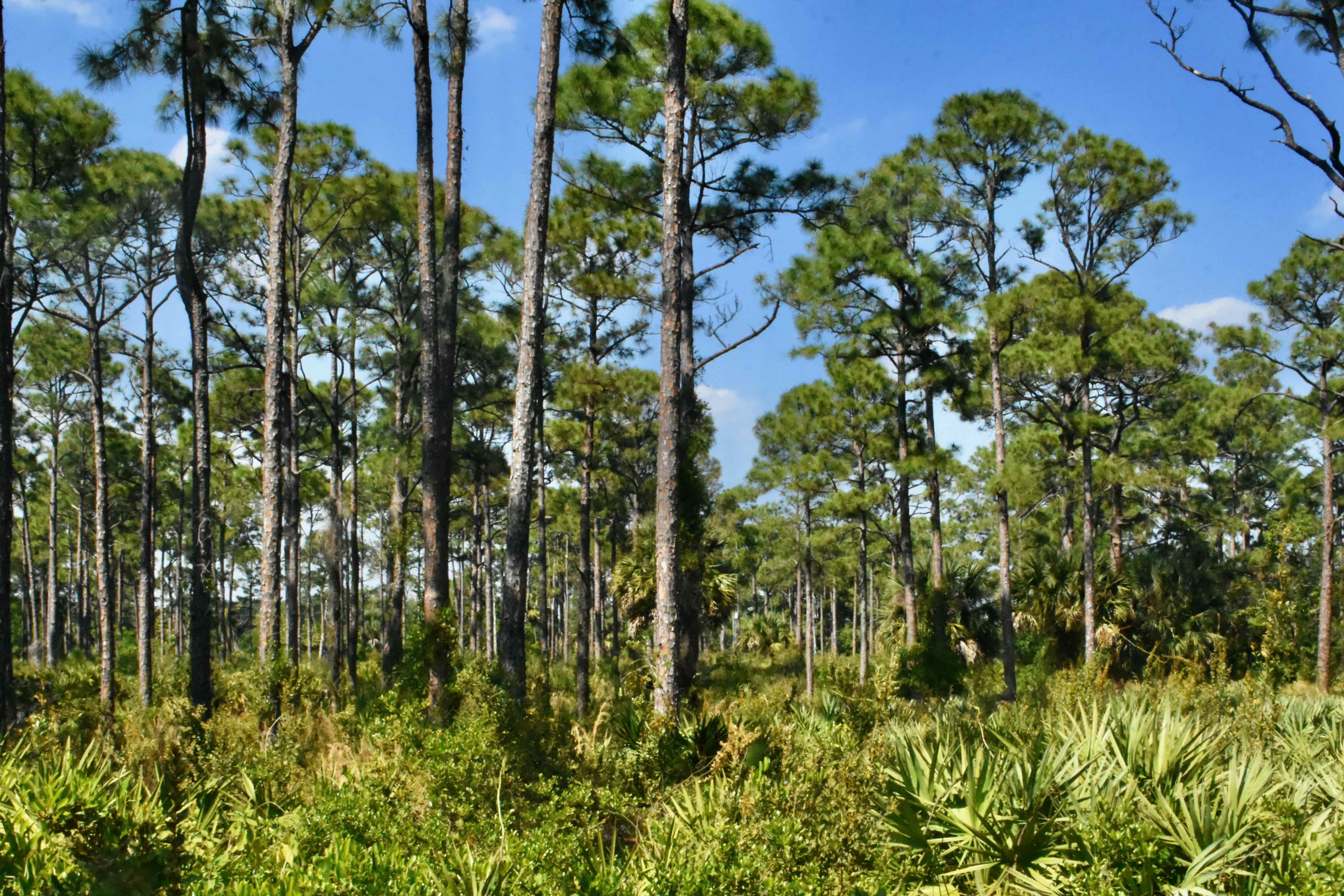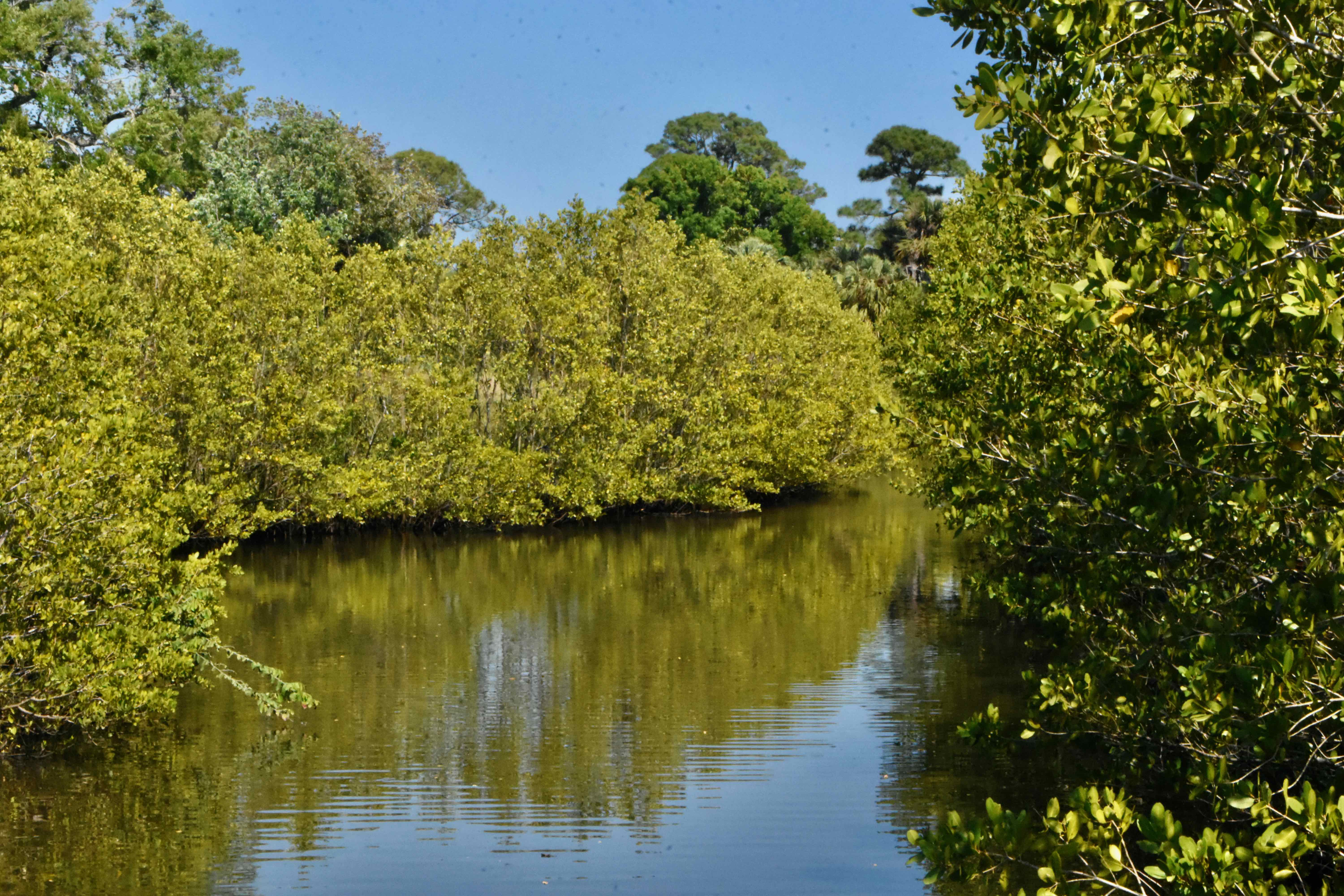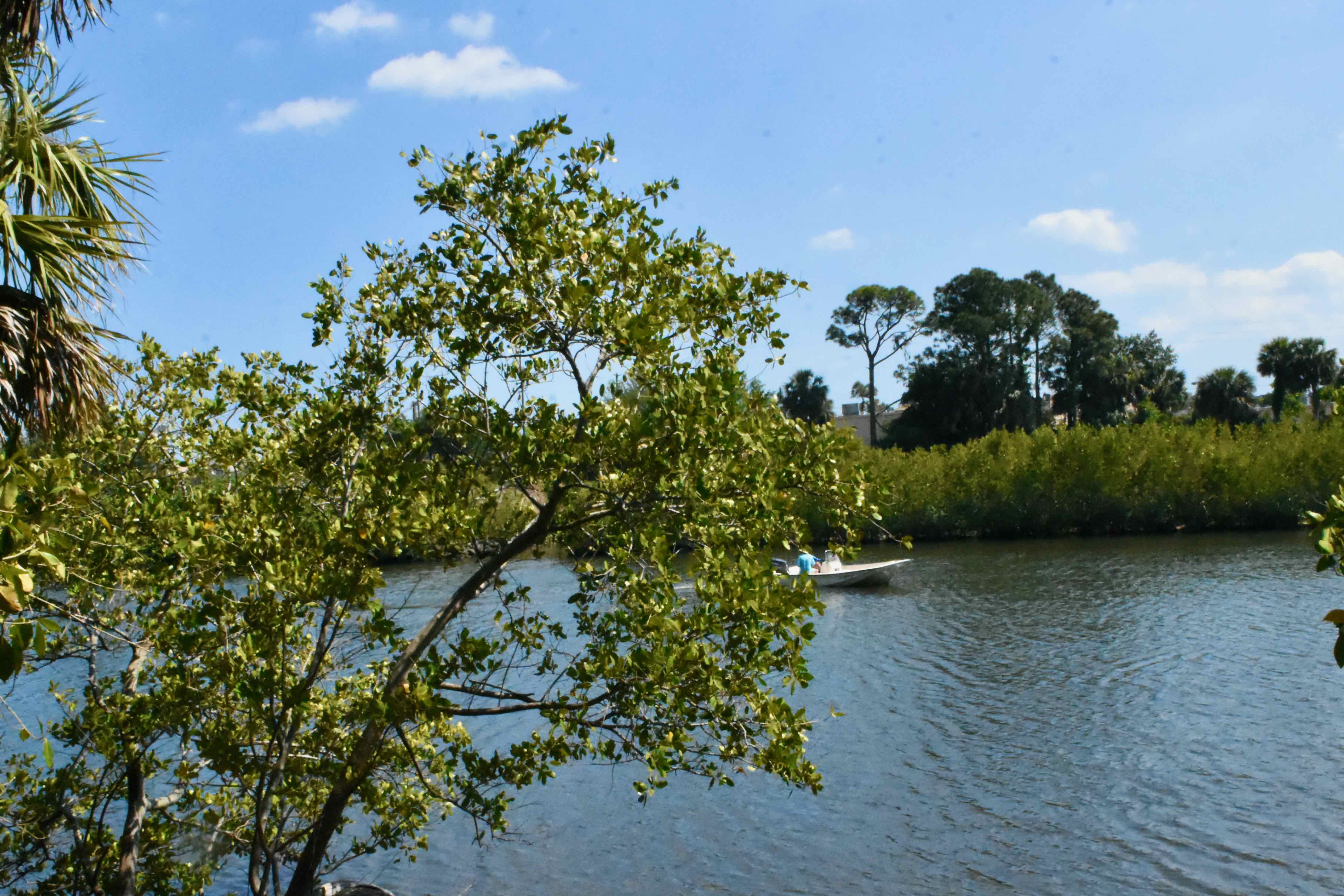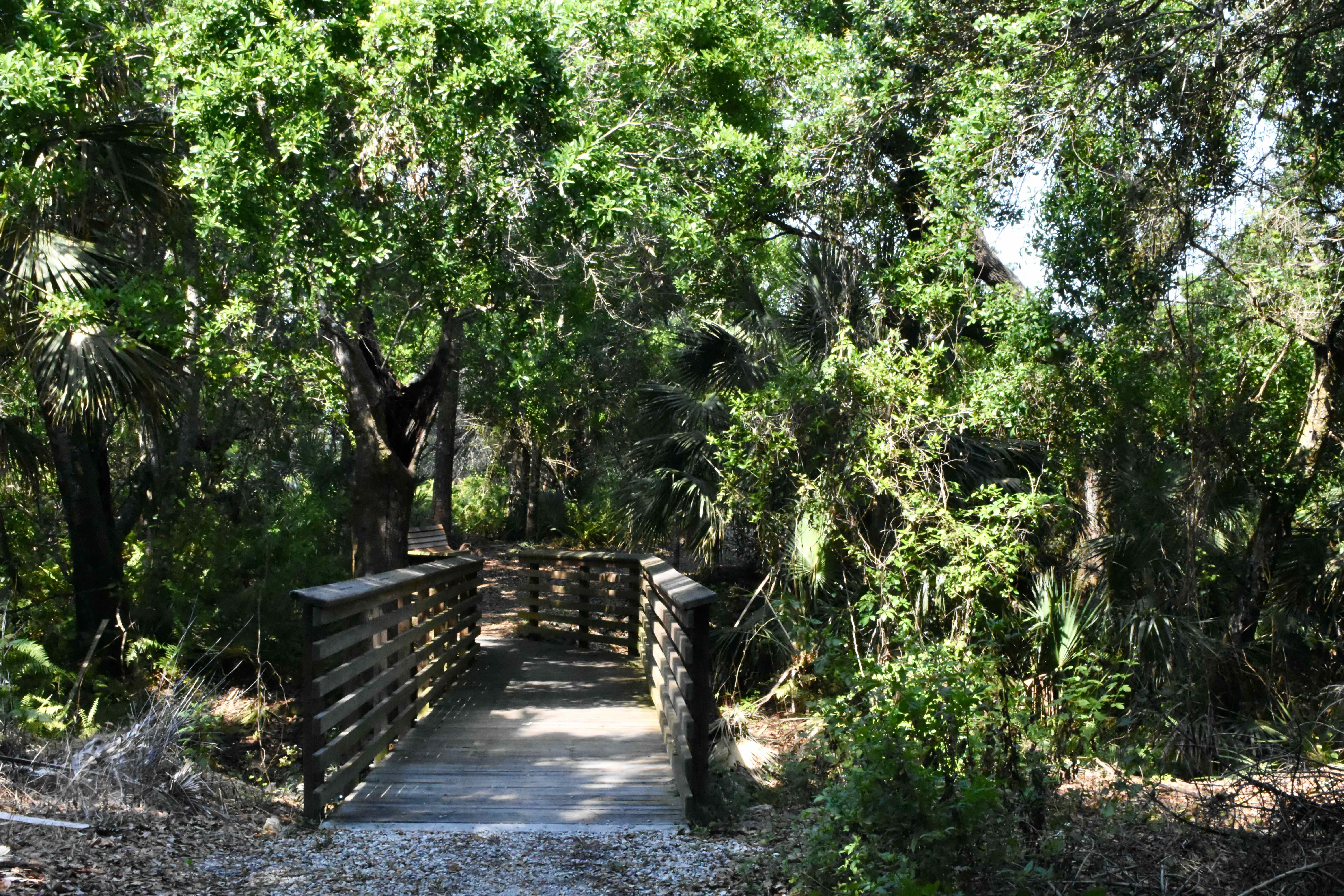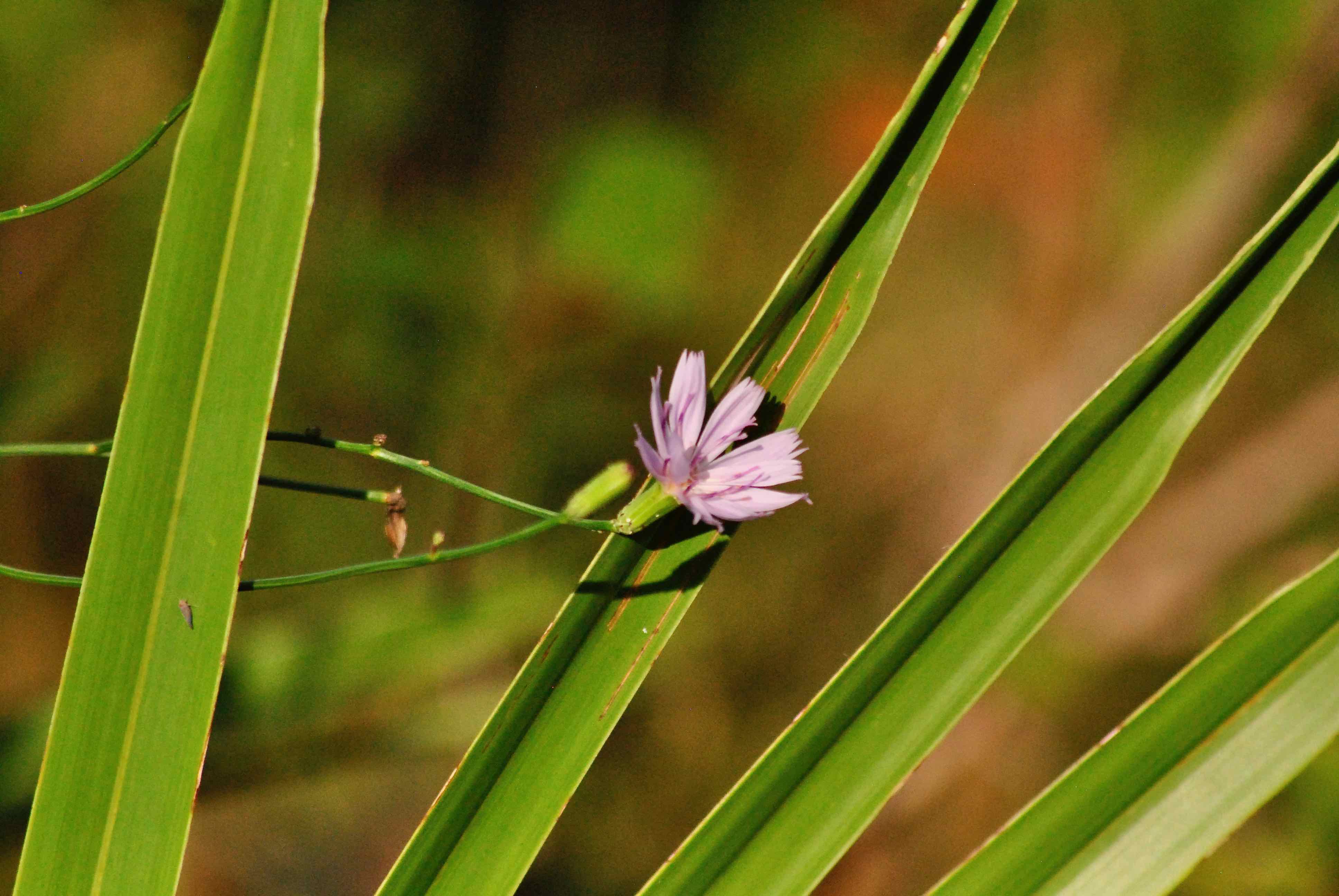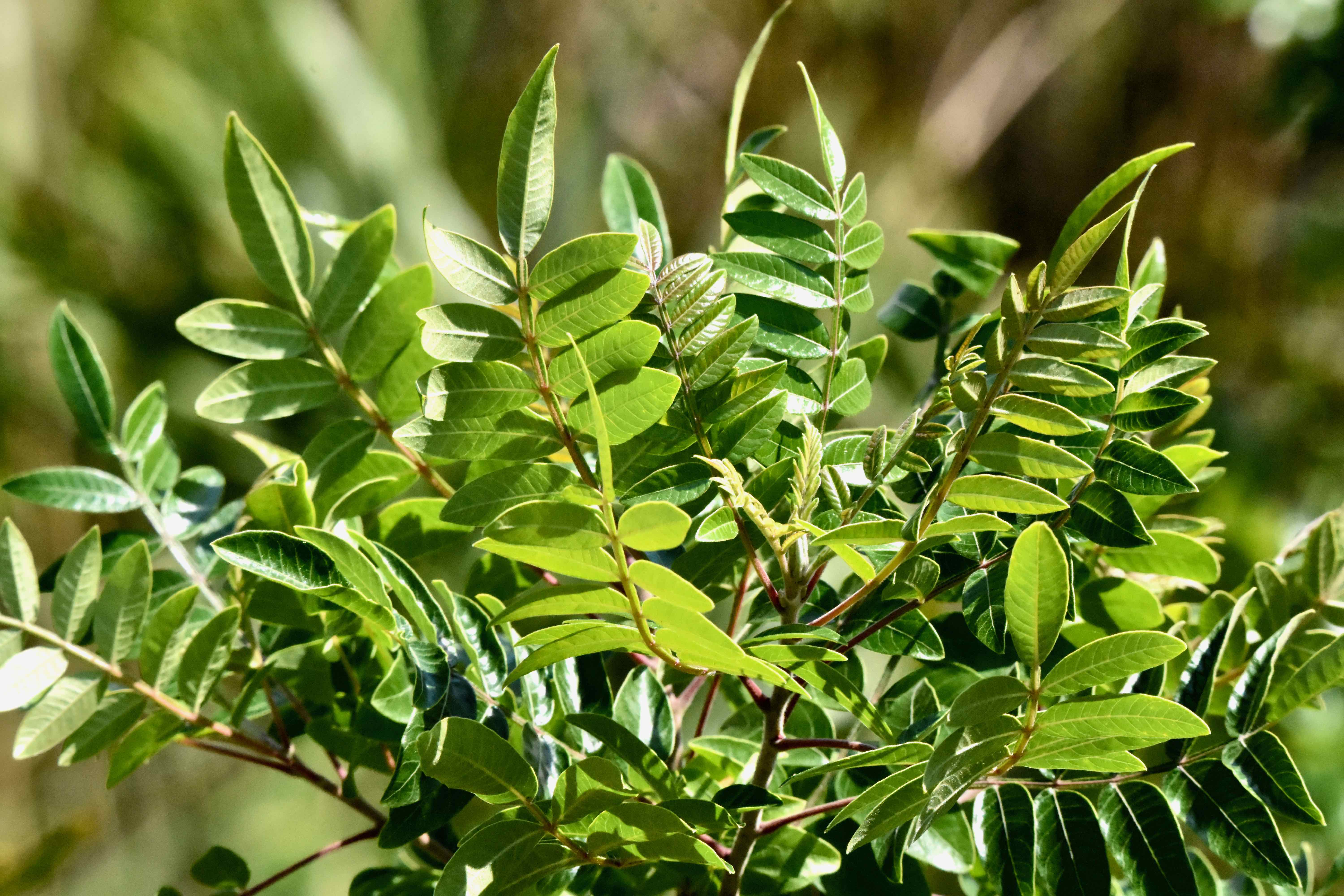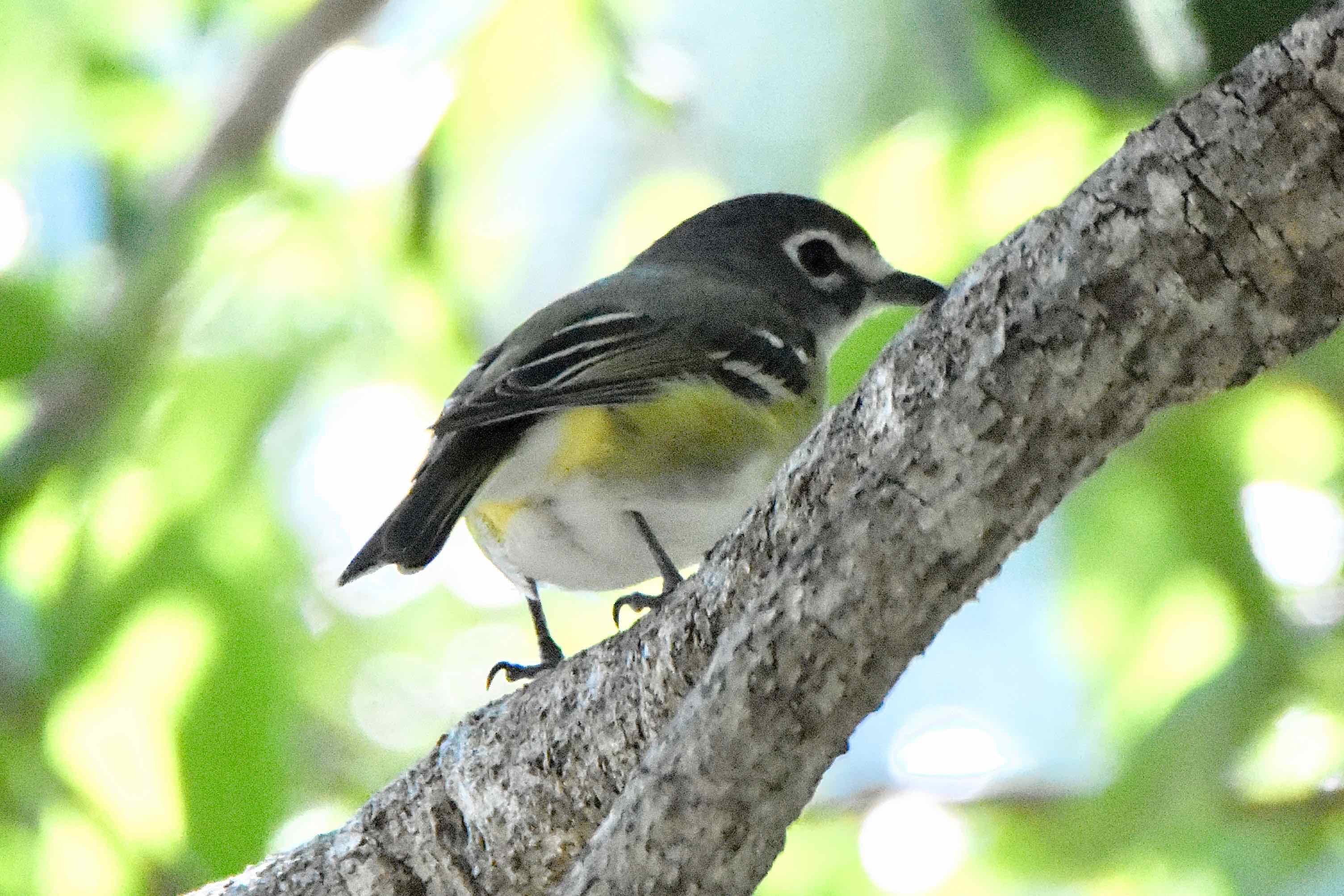EDITOR'S NOTE: Technically, the C-18 Canal ends and the Southwest Fork of the Loxahatchee River begins at the S46 water control gate just west of the Island Way Bridge. The stretch of the river east of the gate to at least Central Boulevard has been channelized, essentially part of the C-18. We use canal and river interchangeably when referring to this stretch of water.
Overview: Limestone Creek, like too many streams in South Florida, exists only as an historical footnote, the name of a road, park or a school, sacrificed in the name of progress and turning wetlands into drylands. The dredging of the C-18 canal in the mid-1950s spelled the end of the little blackwater stream that once ran through western Jupiter and the community also known as Limestone Creek.
There is no way of restoring to the landscape what was lost with the dredging of the C-18, but the creation of the Limestone Creek Natural Area on land where Limestone Creek once flowed, gives a measure of life to the old stream. The natural area sits where the channelized Southwestern Fork of the Loxahatchee River meets the C-18, its purpose to restore some of the nature that once flourished here.
Limestone Creek Natural Area is 52 acres; the canal/river is its major feature, splitting it in two, north and south. The largest portion, however, is on the north side. Mangroves have been planted along the banks of the channel, and several oxbow "bends" have been built within its banks, creating a more natural look and habitat for wildlife. The two sides are connected via a trail along Central Boulevard to the east and along Island Way to the west.
History: Ever since its founding, there has been this urge to drain Florida and turn swamps and marshes into farms, homes, city streets. Thus the dredging of the C-18 Canal in 1956 and 1957 through northern Palm Beach County. As noted, the canal put an end to Limestone Creek. But in the 1980s, the South Florida Water Management District, which oversees the C-18, made it a priority to "revegetate and restore" the C-18 corridor. In 2002 and 2003, Palm Beach County bought 22 acres of land along the river for the creation of a natural area. With 30 acres SFWMD already owned, Limestone Creek Natural Area was born.
It should be noted that Limestone Creek was the name of the African-American community established in the same area during the days of segregation. The homage to a long-gone creek serves also as a rememberance of this community.
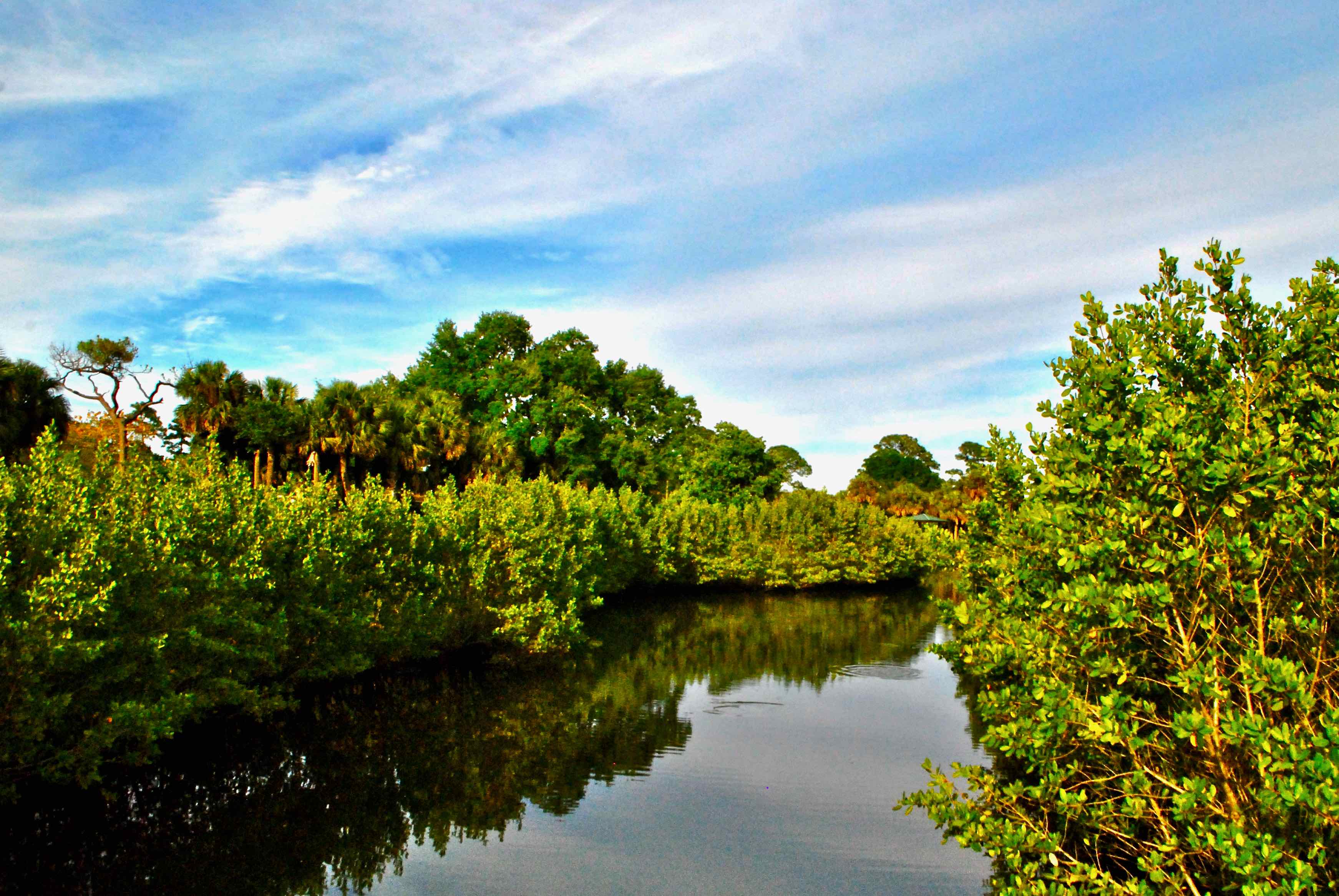
What You'll See: A little bit of everything. If you enter along Church Street you'll immediately encounter dense pine flatwoods, as seen below. Follow the trail and you'll reach the C-18 canal, lined with mangroves. Follow along the banks of the canal and you'll find a quiet, hardwood hammock and one of two blackwater tributaries of Limestone Creek that still flow. Blackwater, by the way, is a reference to the tannins in the water from fallen leaves. Trails cross the Loxahatchee at both Island Way and Central Boulevard, creating a loop.
Amenities: There is a small parking lot at Church Street, an informational/interpretive kiosk and a accessible (concrete) trail that runs through the pine flatwoods and evenutally become natural surface. There is no drinking water or restroos. There is a canoe and kayak launch along Central Boulevard, and several overlooks and fishing piers, though they were closed at the time of this writing (July 2024). Check the website for updates.
Nearby: Limestone Creek Natural Area is within a half-hour's drive of some the best, most pristine nature preserves that South Florida has to offer. North Jupiter Flatwoods Natural Area is a few minutes away. To the east, lies Delaware Scrub Natural Area along Indiantown Road in the heart of Jupiter. To the west of I95 and Florida's Turnpike, you'll find River Bend Park and Cypress Creek Natural Area North and South. Go Farther west still and you'll find Pine Glades Natural Area and the George and Mariann Jones Hungryland Wildlife Management Area. Jonathan Dickinson State Park is 15-20 minutes to the north; not far away from Jonathan Dickinson is Hobe Sound National Wildlife Refuge. Along U.S. 1 to the east, there is Jupiter Inlet Lighthouse Outstanding Natural Area, Jupiter Ridge Natural Area and Juno Dunes Natural Area, both the Oceanfront Tract and the West Tract.
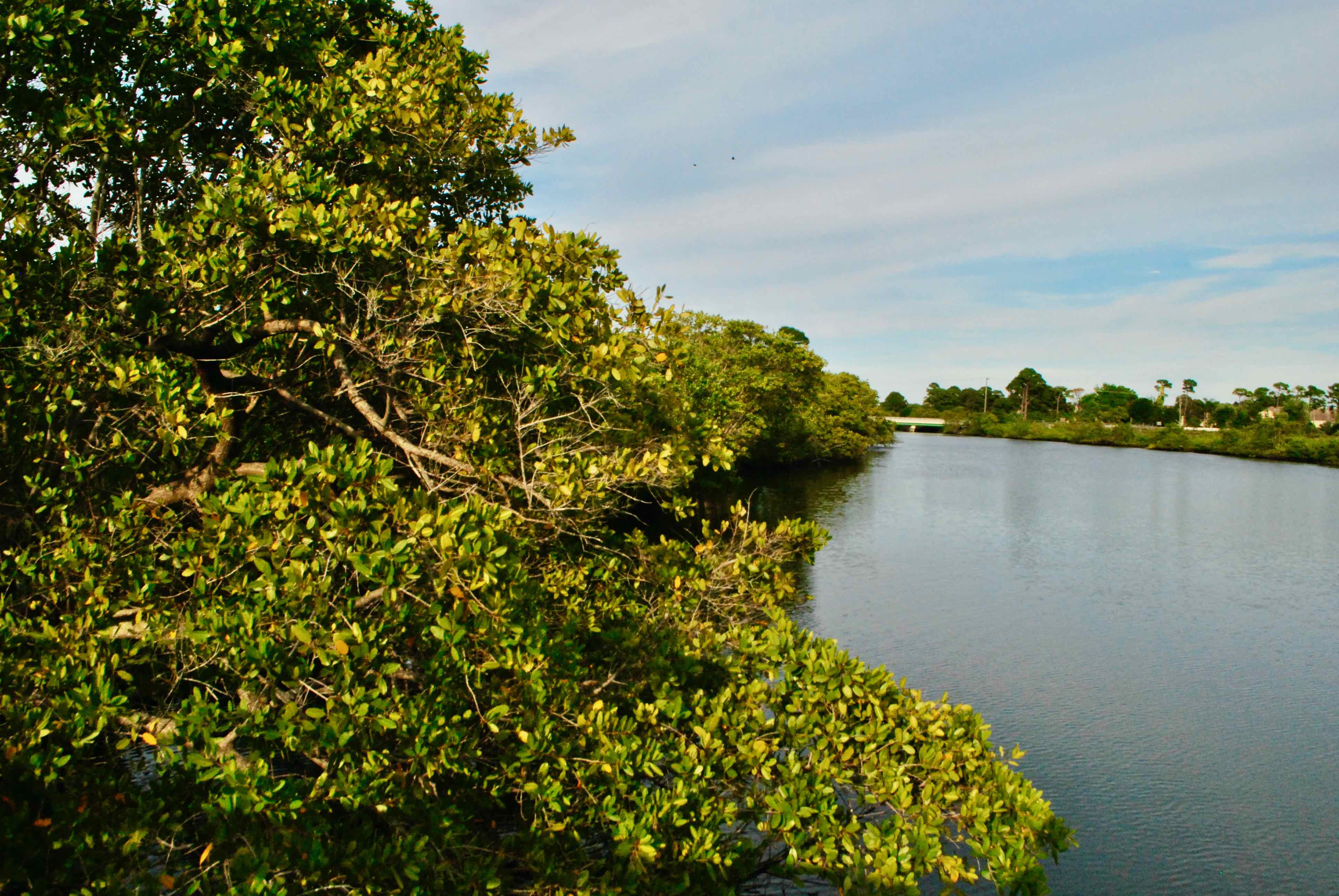
Of Note: Limestone Creek Natural Area is open sunrise to sunset every day of the year. Admission is free.
Cover Photo: One Easter Sunday, we visited Limestone Creek Natural Area and as we neared the C-18 Canal, we were greeted by the unusual site of a flock of cedar waxwings. They're winter visitors to South Florida, and somewhat rare because they travel together in large flocks rather than disperse. This photo illustrates the possibilities encountered when exploring places like Limestone Creek. Second photo: One of the back channels created for the natural area. We took this photo during our first visit in 2015. Third photo: looking east toward the Central Boulevard Bridge. This photo give a pretty good representation as to how the Loxahatchee has been chennelized.
Overview: Limestone Creek, like too many streams in South Florida, exists only as an historical footnote, the name of a road, park or a school, sacrificed in the name of progress and turning wetlands into drylands. The dredging of the C-18 canal in the mid-1950s spelled the end of the little blackwater stream that once ran through western Jupiter and the community also known as Limestone Creek.
There is no way of restoring to the landscape what was lost with the dredging of the C-18, but the creation of the Limestone Creek Natural Area on land where Limestone Creek once flowed, gives a measure of life to the old stream. The natural area sits where the channelized Southwestern Fork of the Loxahatchee River meets the C-18, its purpose to restore some of the nature that once flourished here.
Limestone Creek Natural Area is 52 acres; the canal/river is its major feature, splitting it in two, north and south. The largest portion, however, is on the north side. Mangroves have been planted along the banks of the channel, and several oxbow "bends" have been built within its banks, creating a more natural look and habitat for wildlife. The two sides are connected via a trail along Central Boulevard to the east and along Island Way to the west.
History: Ever since its founding, there has been this urge to drain Florida and turn swamps and marshes into farms, homes, city streets. Thus the dredging of the C-18 Canal in 1956 and 1957 through northern Palm Beach County. As noted, the canal put an end to Limestone Creek. But in the 1980s, the South Florida Water Management District, which oversees the C-18, made it a priority to "revegetate and restore" the C-18 corridor. In 2002 and 2003, Palm Beach County bought 22 acres of land along the river for the creation of a natural area. With 30 acres SFWMD already owned, Limestone Creek Natural Area was born.
It should be noted that Limestone Creek was the name of the African-American community established in the same area during the days of segregation. The homage to a long-gone creek serves also as a rememberance of this community.

What You'll See: A little bit of everything. If you enter along Church Street you'll immediately encounter dense pine flatwoods, as seen below. Follow the trail and you'll reach the C-18 canal, lined with mangroves. Follow along the banks of the canal and you'll find a quiet, hardwood hammock and one of two blackwater tributaries of Limestone Creek that still flow. Blackwater, by the way, is a reference to the tannins in the water from fallen leaves. Trails cross the Loxahatchee at both Island Way and Central Boulevard, creating a loop.
Amenities: There is a small parking lot at Church Street, an informational/interpretive kiosk and a accessible (concrete) trail that runs through the pine flatwoods and evenutally become natural surface. There is no drinking water or restroos. There is a canoe and kayak launch along Central Boulevard, and several overlooks and fishing piers, though they were closed at the time of this writing (July 2024). Check the website for updates.
Nearby: Limestone Creek Natural Area is within a half-hour's drive of some the best, most pristine nature preserves that South Florida has to offer. North Jupiter Flatwoods Natural Area is a few minutes away. To the east, lies Delaware Scrub Natural Area along Indiantown Road in the heart of Jupiter. To the west of I95 and Florida's Turnpike, you'll find River Bend Park and Cypress Creek Natural Area North and South. Go Farther west still and you'll find Pine Glades Natural Area and the George and Mariann Jones Hungryland Wildlife Management Area. Jonathan Dickinson State Park is 15-20 minutes to the north; not far away from Jonathan Dickinson is Hobe Sound National Wildlife Refuge. Along U.S. 1 to the east, there is Jupiter Inlet Lighthouse Outstanding Natural Area, Jupiter Ridge Natural Area and Juno Dunes Natural Area, both the Oceanfront Tract and the West Tract.

Of Note: Limestone Creek Natural Area is open sunrise to sunset every day of the year. Admission is free.
Cover Photo: One Easter Sunday, we visited Limestone Creek Natural Area and as we neared the C-18 Canal, we were greeted by the unusual site of a flock of cedar waxwings. They're winter visitors to South Florida, and somewhat rare because they travel together in large flocks rather than disperse. This photo illustrates the possibilities encountered when exploring places like Limestone Creek. Second photo: One of the back channels created for the natural area. We took this photo during our first visit in 2015. Third photo: looking east toward the Central Boulevard Bridge. This photo give a pretty good representation as to how the Loxahatchee has been chennelized.


